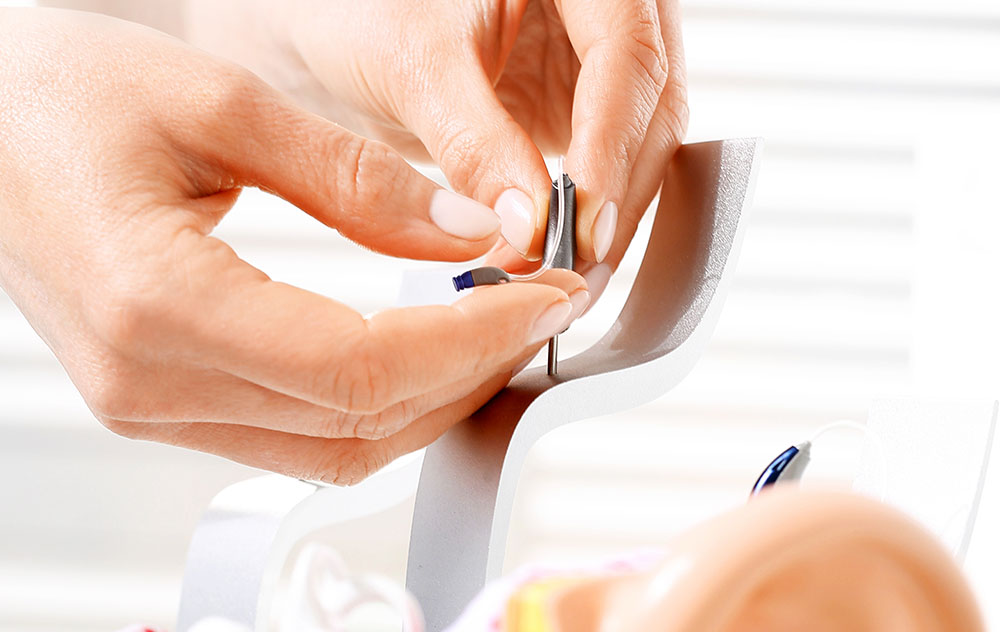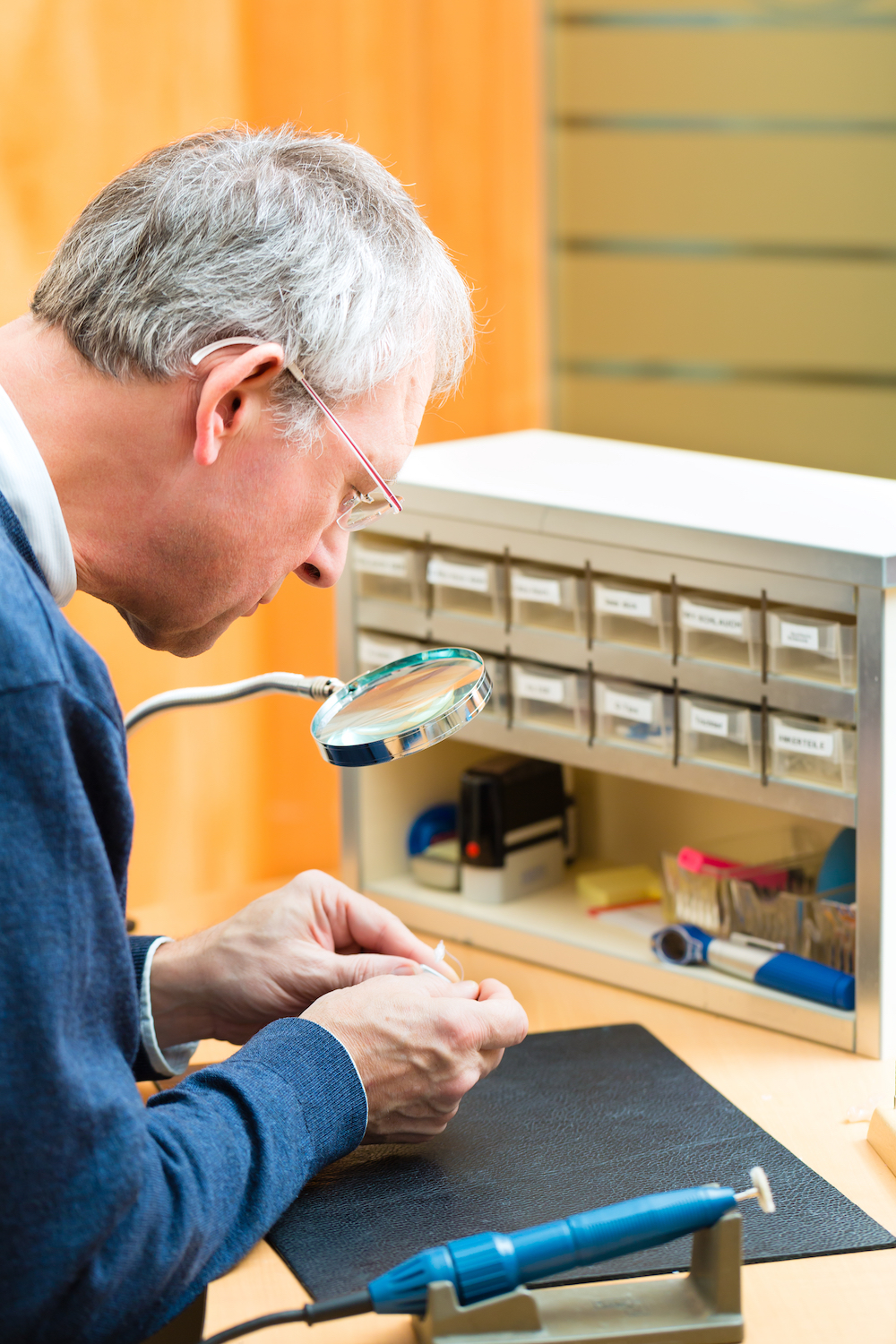The Causes of Acquired Hearing Loss
There are three main types of hearing loss. These are conductive,

By: admin | February 24, 2021

For anyone who has experienced any level of hearing loss, getting hearing aids can be a life-changing experience. Hearing aids can enable you to enjoy your favorite activities, spend time with your friends and family, and navigate through life much more easily. Of course, they can also be a big adjustment, particularly if you have lived with hearing loss for many years. Hearing aids are a very personal item, and each individual will form a different relationship with their device.
When you first receive hearing aids, your audiologist will program them to the setting that should work best for you, and conduct tests to ensure they are working properly before you leave. However, as you go about your life you may notice your hearing aids aren’t quite functioning as you’d like – perhaps the volume isn’t right, or you can hear buzzing or they are a bit uncomfortable. The good news is that there are plenty of ways to adjust your hearing aids as you go, so you always have the crystal-clear hearing you desire.
The most common reason for needing to adjust your hearing aids will be issues with volume. It may be that you have certain levels that you feel most comfortable with, but it could also simply be that you are engaging in different activities. Attending a loud concert may require a different level of volume from listening to a quiet radio or engaging in a family dinner.
One of the benefits of hearing aids is that, unlike regular hearing, you can adjust the settings as required, literally turning the volume up and down on life. Most hearing aids will have a simple button system available that you can use to increase or decrease volume or reset it to default levels. To adjust them comfortably, take a second listening to each change in sound until you reach the right setting.
Sometimes it might not be the sound of your hearing aids that need to be adjusted, but how they fit onto your ear instead. Although hearing aids are designed to be as comfortable as possible, they might have been twisted out of shape for some reason or simply not fit quite right. Getting custom-molded hearing aids in the first place will help to mitigate these problems. However, you can adjust them a little yourself. It may be that your tubing has started to harden, which means it will need to be replaced. You can also clean your tubing, and cut it to size if necessary, ensuring it fits your ears perfectly.
If you can hear a whistling or buzzing sound coming through your hearing aids, this can be rather uncomfortable. One simple reason for this could be that your earmold is not fitted properly into your ear. This is simple to quickly adjust, all you need to do is ensure the top part of the earmold is properly tucked into the crease at the top of the ear, allowing it to fit snugly against your skin. This should minimize feedback whilst also increasing the physical comfort of your hearing aids.
Whilst you are able to quickly adjust your hearing aids for volume and comfort, one of the greatest pieces of advice for people new to hearing aids is to have patience. You are hearing the world in a whole new way, and it will take time for your brain and your ears to adjust to the new sounds and feelings. If you’re not happy with something, do your best to leave it for a few days before trying to change it – you might find that you adjust to it and it ends up being no problem at all! Similarly, try not to change the volume too often, so your ears have a chance to settle into your default volume.
If you can’t adjust your hearing aids yourself, or you’re still not feeling happy with them, the quickest way to solve the problem is to visit your audiologist. Most audiologists will run hearing aid adjustment and repair sessions, and they will be able to quickly identify and fix any potential faults much more efficiently than you can on your own. Don’t be afraid to keep returning until your hearing aids are perfectly attuned and comfortable, giving you the experience, you need from your hearing.
To learn more about adjusting to your hearing aids or to speak to an audiologist, call Professional Hearing Aid Associates at (785) 271-6966

There are three main types of hearing loss. These are conductive,
By: admin | April 27, 2021

You have experienced hearing loss for a while now and have finally decided
By: admin | March 16, 2021

For anyone who has experienced any level of hearing loss, getting hearing
By: admin | February 24, 2021
